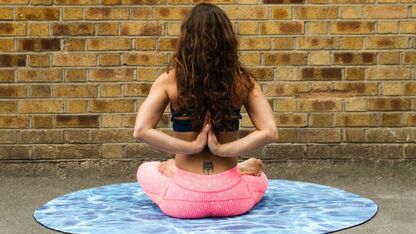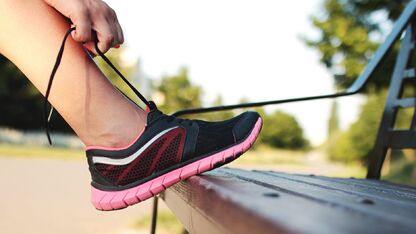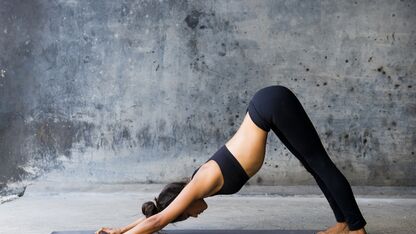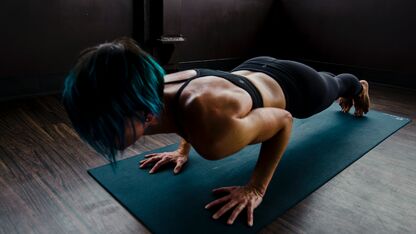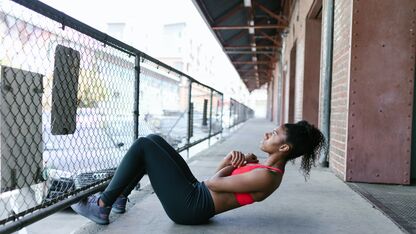Beginner's guide to flexible dieting
No one really wants to live a life that makes you sad or feeling super guilty when you 'cheat' and eat something you're not supposed to. After all, food is your friend, not your foe. Diets that result in these feelings only work on the short term, while what you really need is a long term solution to set you up for living a healthy and fit life. Thankfully, that’s exactly what flexible dieting (IIFYM) offers.
IIFYM 101: what does it even mean?
Flexible dieting is sometimes also called ‘if it fits your macros’ or IIFYM for short. It has become increasingly popular in the last few years, because it works and the premise is pretty tempting. Being able to be so lean that you have visible abs and a donut too? You won’t believe it till you try it. While it may be true that this lifestyle does allow you freedom in your diet, there are still rules that come into play that require some self-discipline.
It’s all about determining your necessary macronutrients (carbohydrates, proteins, fats) and eating a diet that satisfies those needs. Whether your goal is to lose weight in general, gain muscle or just look leaner, you will be able to calculate your macronutrient needs as necessary and eat accordingly to make those goals reality.
Planning it out
Flexible dieting means planning your meals around filling up your macro needs. Your needs will decide whether you’ll be eating at a caloric deficit or caloric surplus, depending on if you want to lose weight or gain. Once you know exactly what your body needs, this leaves space for you to treat yourself to a nice dinner or something sweet if you’re into that. And not restricting yourself and your cravings will also make it less likely that you’ll go crazy on a ‘cheat day’ and ruin all that progress you made.
You will still end up eating good foods that are dense in nutrients like lean meats and vegetables, but you will get to plan around your nutrient allowances. If you can make a bacon cheeseburger fit your macros, then you are free to treat yourself to it every once in a while.
Getting started
To determine your macros, the first tool you can use is this Basal Metabolic Rate calculator . It basically lets you know the number of calories you burn if you did absolutely nothing. Next, include your activity levels using the Harris Benedict Equation to find out your total daily energy expenditure. You can either subtract some calories if you’re looking to lose weight, or add them on if you’re looking to put on some muscle. From then on, the only thing left to do is to track your meals using a calorie counting app.
This is definitely one lifestyle switch to try on your journey to finding out exactly what works for you and your body. It promotes a healthy and sustainable relationship with food, so don't be afraid to try it out and see how your body responds to it!
Sources: Simply Shredded & Trimmed & Toned

